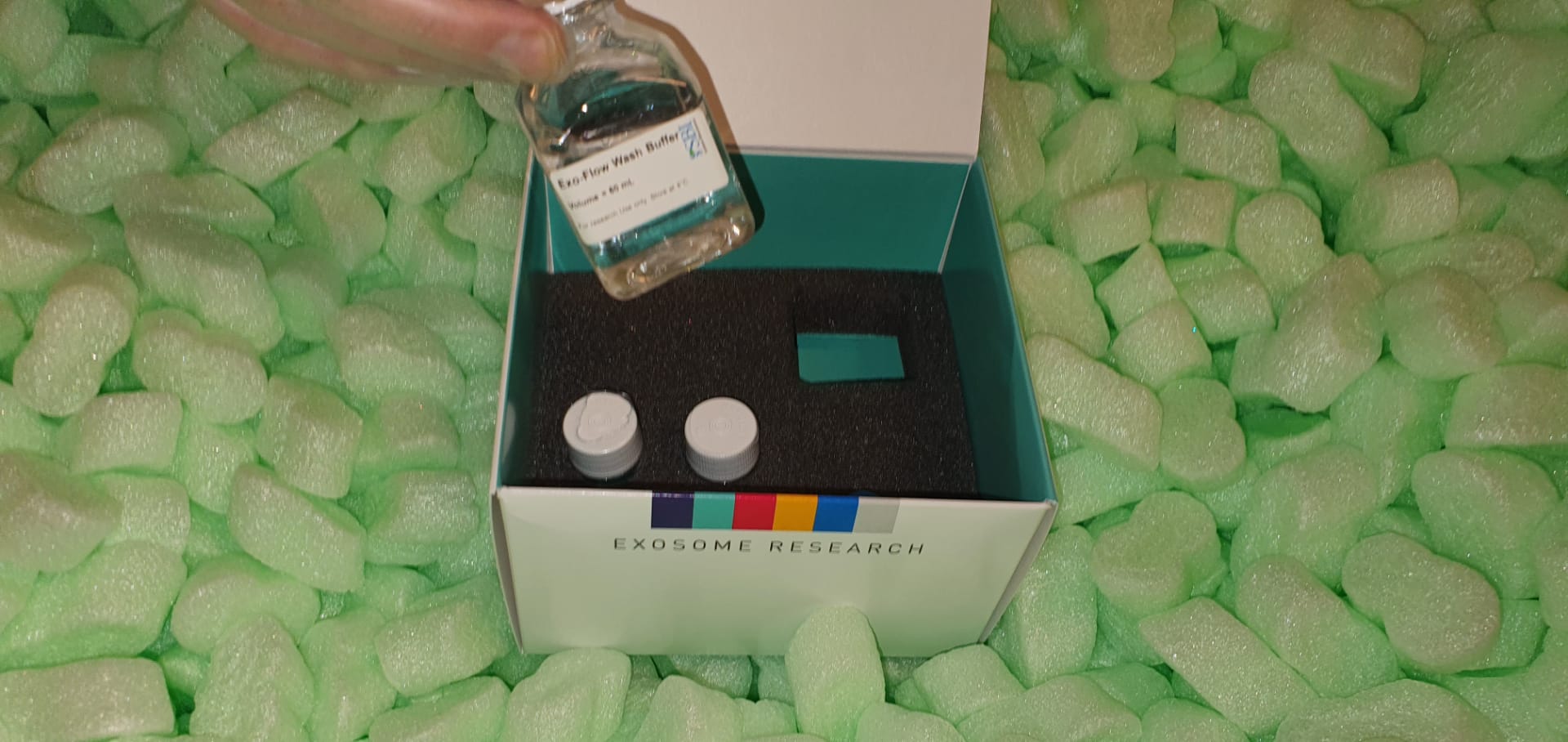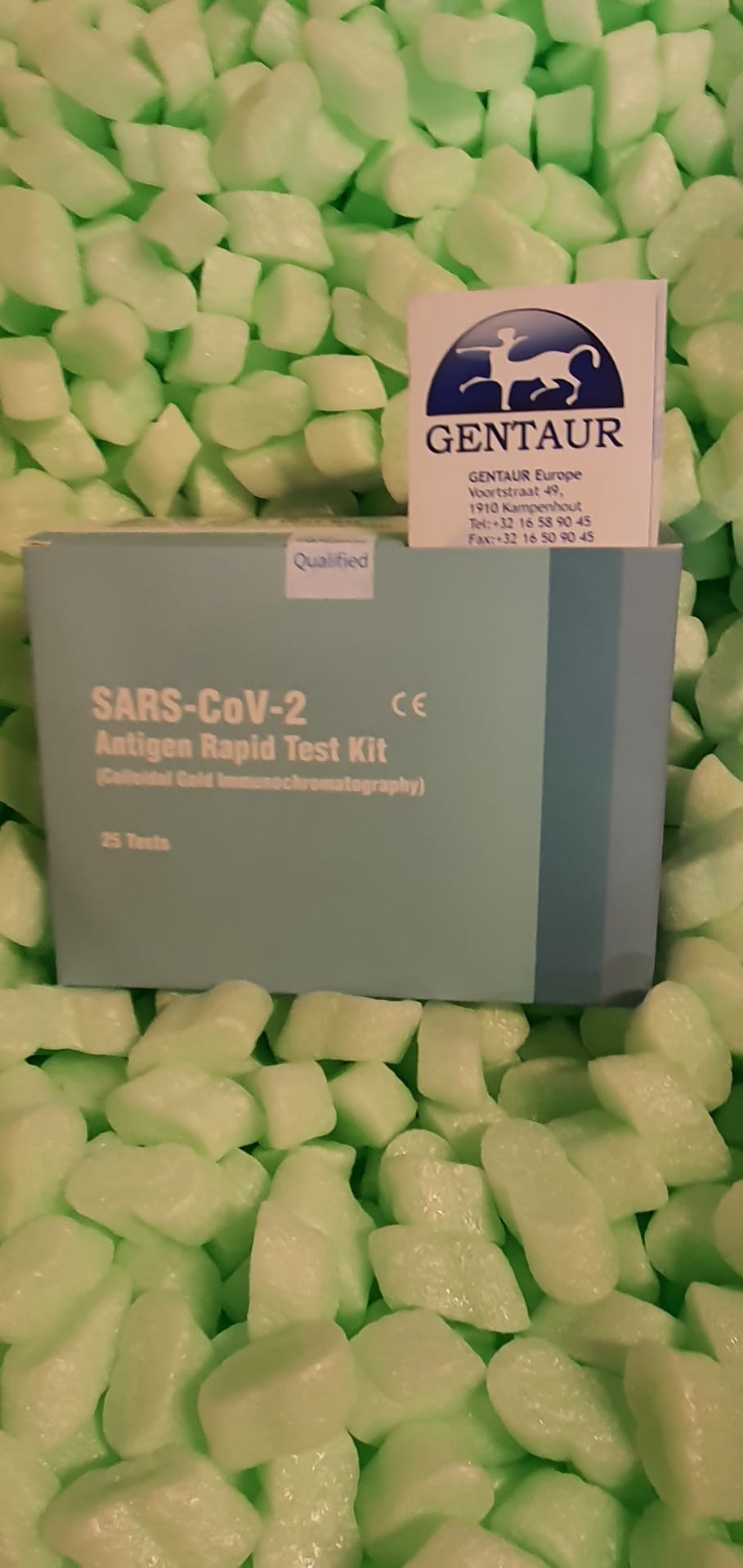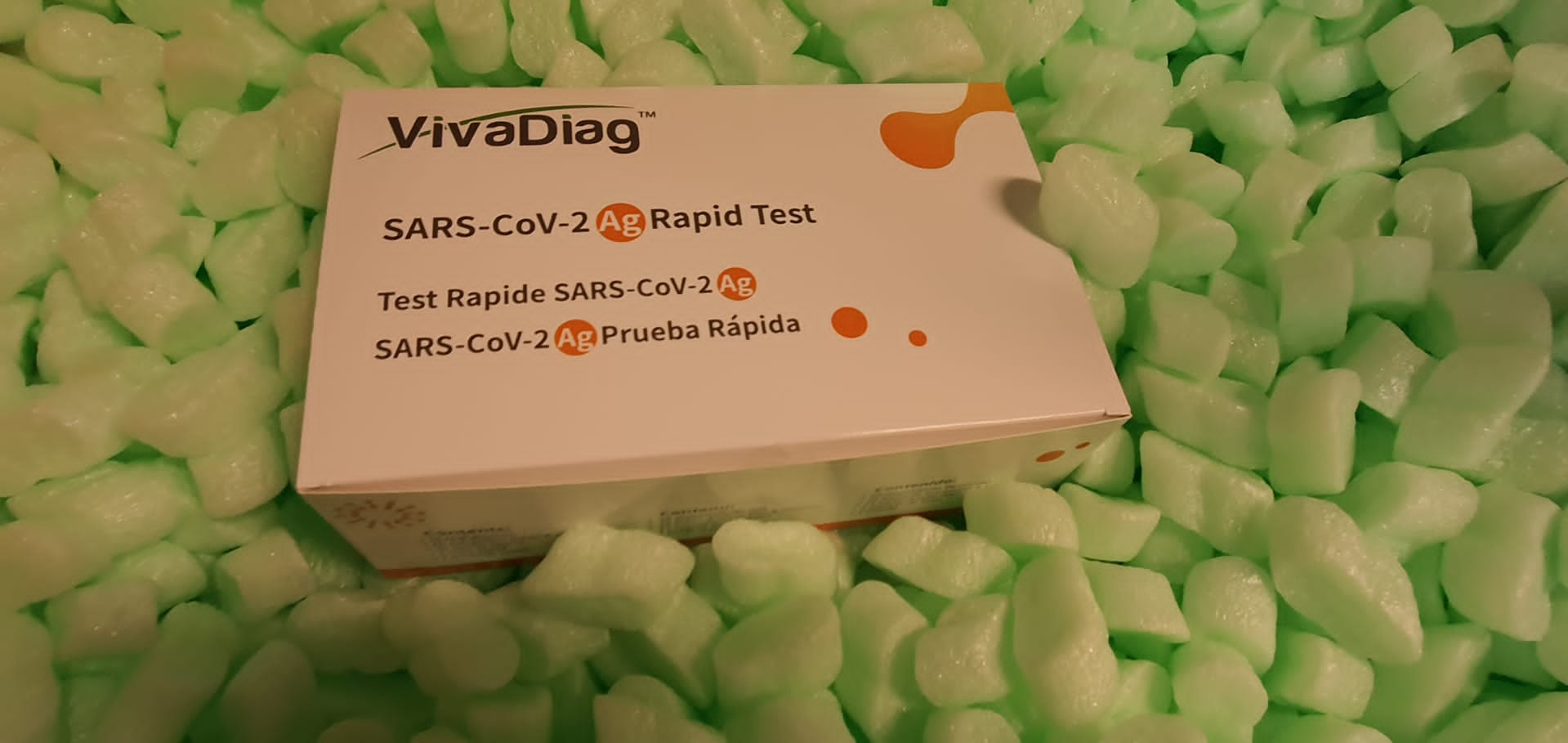Discover the mobile staining potentialities of biotium
Biotium has rightly earned the nickname “Glowing merchandise for science”. They supply quite a lot of stains for various organelles and cell constructions that go away nearly nothing to be desired.
Live HeLa cells stained with NucSpot ™ Live 650 in a single day at 37C and imaged within the Cy® 5 channel.
Cell nucleus

NucSpot ™ Live 488 and NucSpot ™ Live 650 Nuclear Stains
NucSpot ™ Live Nuclear Stains particularly stain the nucleus in living or fixed cells with out the necessity for laundry. NucSpot ™ Live 488 has inexperienced fluorescence (Ext / Em 500/515 nm), whereas NucSpot ™ Live 650 has far-crimson fluorescence (650/675 nm) for detection within the Cy®5 channel. Unlike Draq5 ™, NucSpot ™ Live 650 has low cytotoxicity and can be used for lengthy-time period imaging. NucSpot ™ Live 650 can also be suitable with tremendous-decision imaging by means of SIM and STED.
Formaldehyde-fixed, Triton X-100-permeabilized HeLa cells stained with NucSpot ™ Live 488.
RedDot ™ 2 nuclear counterstain (magenta) with CF ™ dye secondary antibodies and CF ™ 405M phalloidin.
RedDot ™ 1 and RedDot ™ 2 Far-Red Nuclear Stains
RedDot ™ 1 and RedDot ™ 2 are far-crimson nuclear counterstains for the Cy®5 channel. RedDot ™ 1 is a substitute for DRAQ5 ™, which shortly and particularly stains nuclei in living cells. It can be used for cell cycle evaluation by move cytometry. It can even be used for cell normalization for In Cell Western ™. RedDot ™ 1 exhibits cytotoxicity inside a number of hours of staining, so NucSpot ™ Live 650 is really helpful for lengthy-time period dwell cell imaging.

RedDot ™ 2 is membrane impervious and can be used to selectively take away lifeless cells or as a counterstaining of the nucleus for fixed cells. RedDot ™ 2 exhibits higher nuclear specificity in fixed cells than DRAQ7 ™, which requires a blocking step for cell-specific counterstaining.
RedDot ™ 1 (crimson) in dwell HeLa. Apoptotic cells are stained with NucView ™ 405 (blue) and CF ™ 488A Annexin V (inexperienced).
Live-or-Dye NucFix ™ Red
Live-or-Dye NucFix ™ Red is a singular, cell membrane-impervious dye that particularly stains the nuclei of lifeless cells. The dye can penetrate lifeless cells, which impair membrane integrity and covalently mark the cell nucleus, thus enabling clear differentiation of living and lifeless cells both by microscopy or move cytometry. In distinction to different generally used cell nucleus-particular stains resembling propidium iodide or DRAQ7 ™, NucFix ™ covalently adheres to DNA, so that the cells can be fixed and permeabilized with out lack of fluorescence or dye switch between the cells.
Classic blue cell staining
DAPI and Hoechst are widespread blue fluorescent cell-specific counter staining. They are DNA binding dyes which might be minimally fluorescent within the resolution, however have a powerful fluorescence enhancement when binding DNA.
DAPI is much less membrane permeable than Hoechst and is usually used to stain fixed cells in concentrations round 1 µg / ml. Antifade mounting medium with DAPI, just like the EverBrite ™ Mounting Media from Biotium, can be used for single-stage embedding and counterstaining. Staining dwell cells with DAPI requires a better focus (~ 10 µg / ml). We supply DAPI dilactate, a water-soluble DAPI salt that can be used at greater concentrations.
Hoechst dyes are membrane permeable and can be used for living or fixed cell staining and cell cycle evaluation. Hoechst 33342 and Hoechst 33528 are each mitigated by BrdU-labeled DNA and utilized in cell division research. The two dyes are spectrally comparable. Hoechst 33342 is way extra cell permeable than Hoechst 33258, however each dyes are generally used as nuclear stains for living or fixed cells at 1 µg / ml.
While Hoechst and DAPI present much less cytotoxicity than intercalating DNA dyes, they nonetheless bind DNA in living cells and are doubtlessly harmful. Biotium affords Hoechst 33342, Hoechst 33258 and DAPI as 10 mg / ml options in water, for extra consolation and security.
DAPI and Hoechst endure photoconversion by means of UV excitation to type inexperienced fluorescent dyes that can result in artifacts in multicolor imaging.




